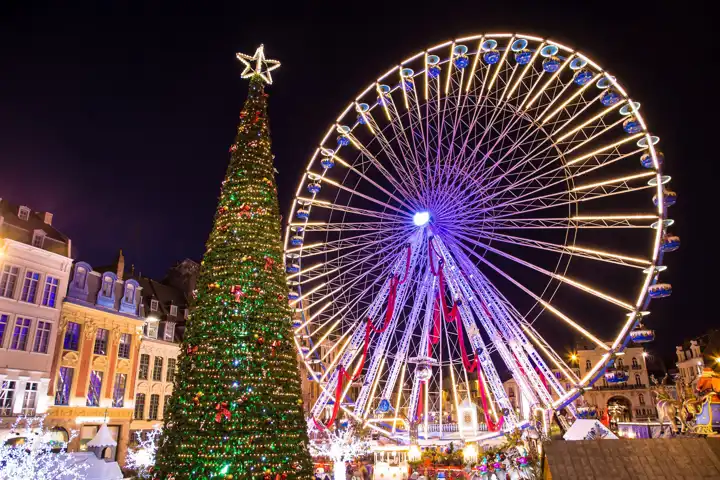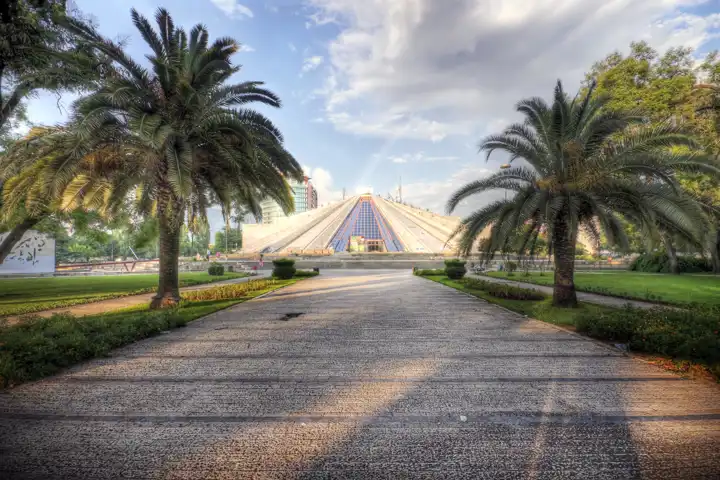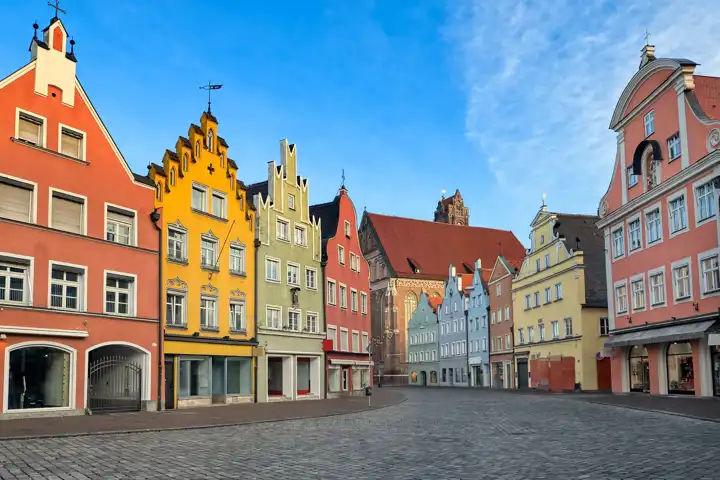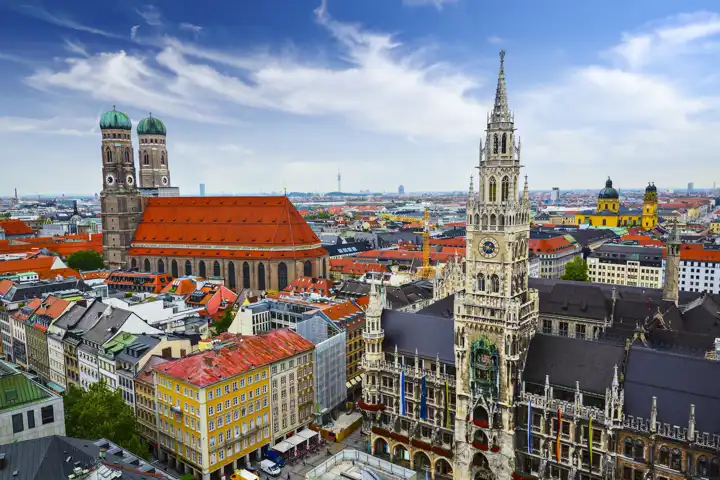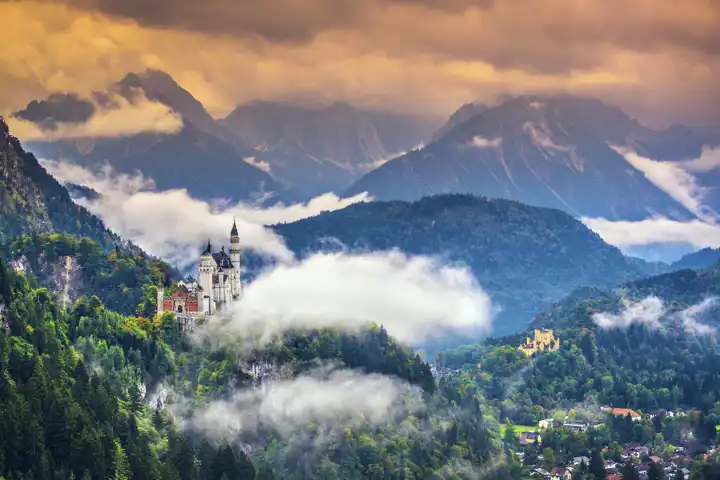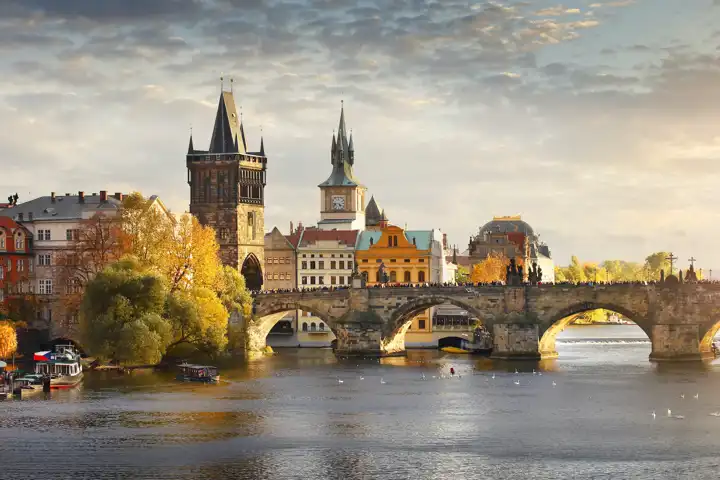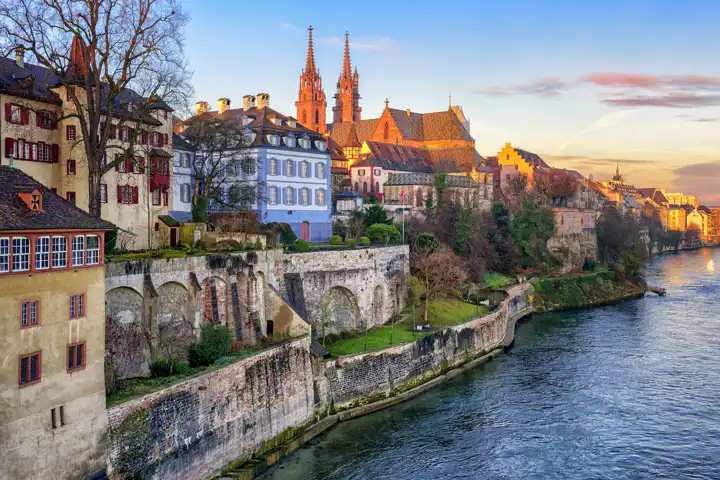Germany
Cities, Castles, Countryside & Cuisine
Germany
Few countries have had as much impact on the world today than Germany. And although it has had its share of dark history, there’s no denying its significance and cultural influence.
Germany: Land of Innovation
Known for its precision, the engineering powerhouse gave us the world’s first printing press and luxury vehicles like the Mercedes, BMW, and Porsche. Germany is also the birthplace of great thinkers like Albert Einstein and Martin Luther, as well as great musicians like Beethoven.
Cities, Castles, and Countryside
Germany’s great cities of Berlin, Munich, Hamburg, and Leipzig offer so much to discover in terms of museums, cultural experiences, historic monuments, and memorials. The cities are full of Romanesque, Gothic, and baroque architecture, as well as Frank Gehry and Daniel Libeskind’s modern masterpieces. Outside of the cities, you’ll find cozy, old world charm in the smaller towns. Here, castles and palaces dot the landscape and banks of the Rhine. Of course, the most well-known is King Ludwig’s Schloss Neuschwanstein castle in southwest Bavaria. Indeed, it’s a country of great natural beauty with forests and river valleys, wine lands, coastline in the north, and the Alps.
Food, Wine, and Merriment
Germany is also a gourmet giant. Microbreweries, pubs, and beer gardens in Bavaria are popular places to taste a mug of the country’s famous beer. Additionally, Munich’s yearly Oktoberfest is Europe’s most visited festival. It brings in over 6 million visitors to the country each year. However, Germany’s wine lands in the southwestern region are also popular. They host their own yearly wine festival that over 600,000 people attend. Finally, traveling to Germany during the Thanksgiving and Christmas holidays offers an exciting opportunity to visit some of the world’s best Christmas markets.
Luxury Germany Travel with Ker & Downey
Ready to start planning your next trip to Germany? Luxury Germany travel becomes unforgettable with Ker & Downey's completely customizable Germany vacation packages. Contact a Ker & Downey luxury travel consultant to begin planning your journey today.


